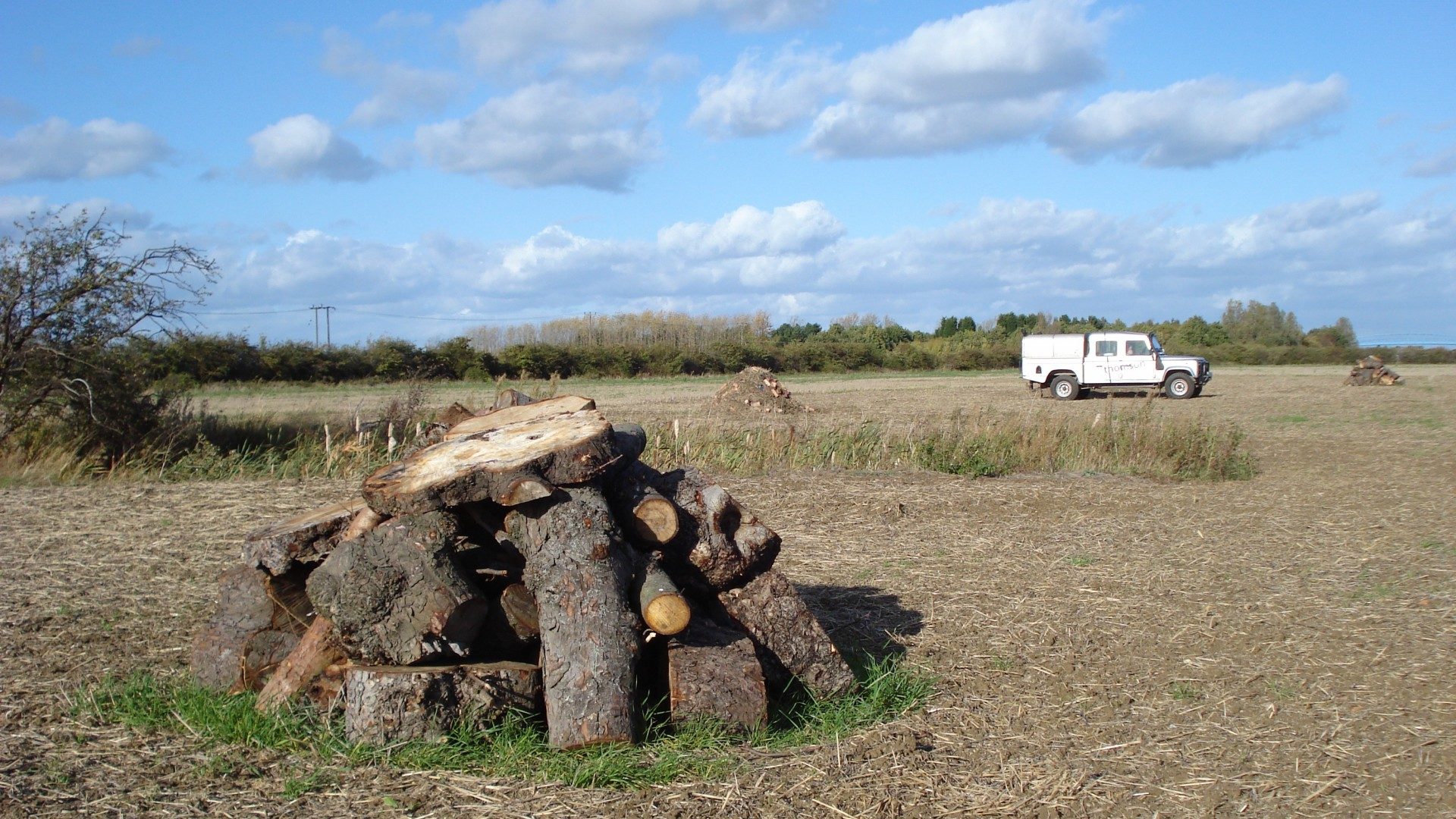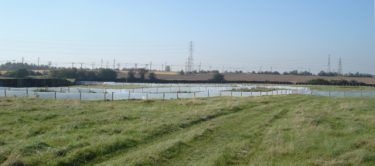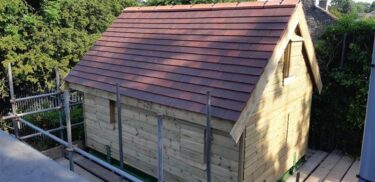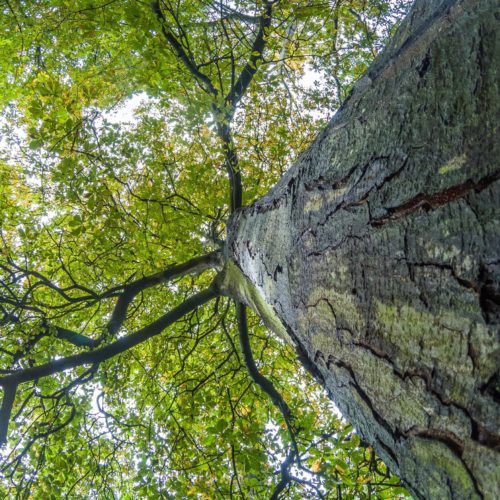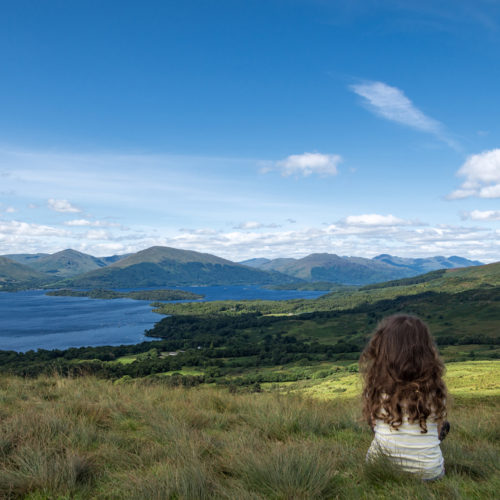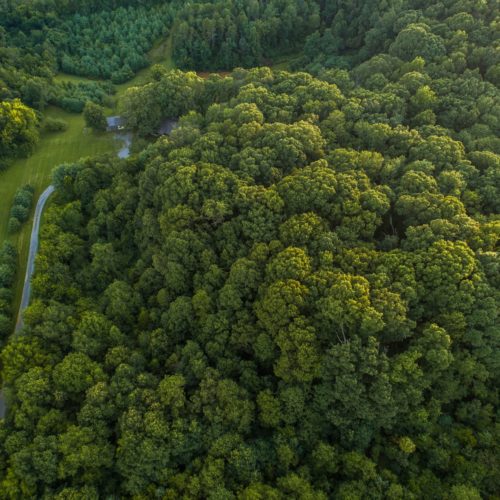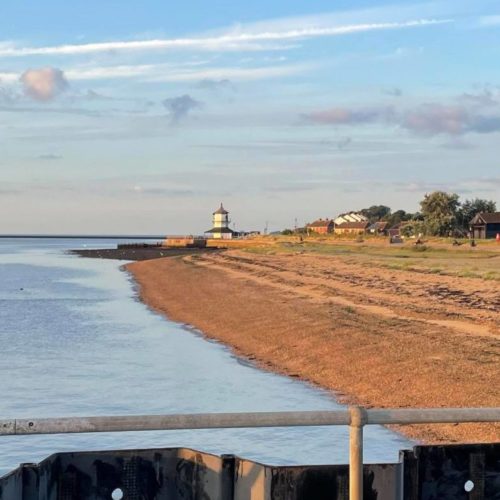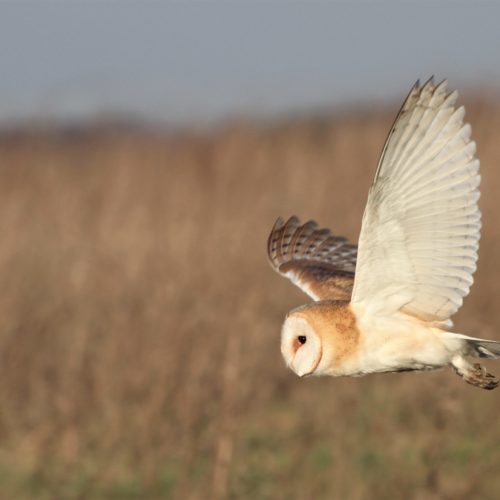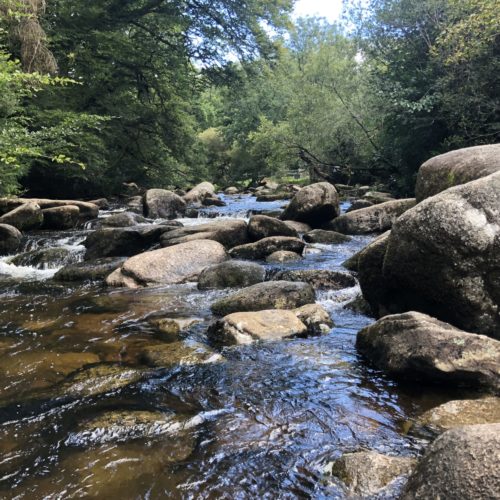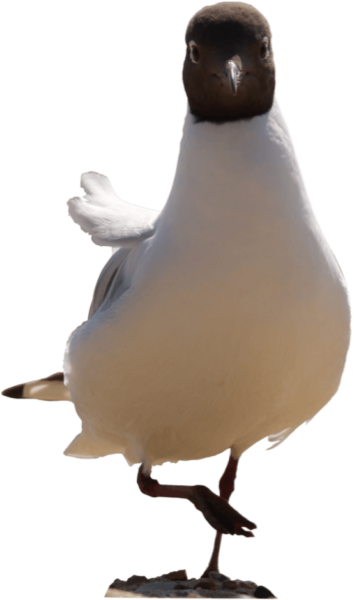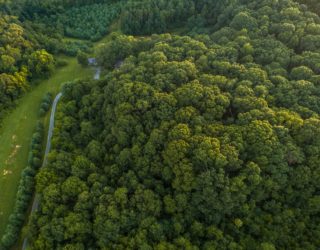Our environmental consultants have 15 years’ experience providing effective ecological mitigation to varying clients and development projects.
We provide ecological mitigation strategies to minimise the impact of development on plants and wildlife, which should also reduce the time and expense of dealing with wildlife on site. In addition, we have an in-house contracting team who can implement the strategy on site, including any required translocation and habitat creation.
Measuring ecological impact
The mitigation strategy needed depends on the type and the severity of impact a development will have. Once the ecological surveys for a proposed project are complete, the impact of any new development can be fully assessed. Assessment of this key information allows for detailed ecological mitigation proposals to be drawn up.
Ecological mitigation strategies and method statements
Our ecological mitigation strategies typically include avoidance and mitigation measures, as well as the enhancement measures required by government policy. If necessary, the strategy will also include compensation measures when impacts on important ecological features are unavoidable. The strategy can also include the achievement of biodiversity net gain. The strategy may also be in the form of a method statement to support a licence application for works affecting protected species.
Avoidance
Avoidance is often the most cost-effective way to reduce harm to important ecological features, for example, by adjusting the layout of a scheme to avoid areas of high nature conservation value, or by altering timings of works so that the site is left undisturbed during sensitive times, such as the breeding season.
Mitigation and compensation
Approaches to mitigation can include all manner of strategies to reduce the adverse impacts of development: for example, by using pollution interceptors to minimise pollution of watercourses, screens to reduce visual disturbance to birds, and tunnels under roads to allow wildlife to pass from one side of a road to the other.
Compensation plans offset the damage to wildlife caused by a development where avoidance and mitigation measures are not possible or enough. Often, this can mean the creation of new habitat or enhancement of existing habitat. When this is required, our ecological contracting team can undertake all mitigation and compensation work required in order to meet the planning criteria. This is why planning mitigation early in the project is essential for the success of the development and the local community.
Enhancements and Biodiversity Net Gain
The combination of avoidance, mitigation and compensation usually serves to achieve no net loss of biodiversity or at least a reduction in harm to important ecological features. Government policy, perhaps soon to be law, is that development should contribute to the restoration of biodiversity.
Therefore, an important element of any mitigation strategy is the inclusion of enhancement measures, which provide new opportunities for wildlife on the development site, and the provision of new habitats to provide an overall increase in biodiversity (commonly known as Biodiversity Net Gain), either on or off-site.
When the mitigation strategy or method statement has been approved and consent granted for the development, we carry out a range of practical services in accordance with the strategy. As well as helping in trapping and translocation, we create habitat for a wide range of scarce and protected flora and fauna, including amphibians, reptiles, mammals and birds.
Species
Amphibians
Britain has seven native amphibian species including the great crested newt – one of Britain’s most protected species. We help capture and translocate both reptiles and amphibians and have created receptor sites including ponds, hibernacula and vegetation to provide suitable ground cover.
Badgers
Badgers are widespread throughout the UK but are protected under the Protection of Badgers Act 1992. We design and build artificial setts to provide alternative habitat before closing their setts where they could be harmed by development works.
Bats
There are 18 species of bat in the UK, all of which are protected, resulting in strict licensing procedures for works on some development sites. We help mitigate the impact on bats by providing bat boxes and roosts in buildings, as well creating new commuting and foraging habitat.
Birds
All birds are protected under the Wildlife and Countryside Act and many are priority species. We enhance the landscape for birds by planting trees and hedges, as well as creating wetland for wading and water birds.
Dormice
Dormice and their habitats are fully protected by the Habitats Regulations 2010 with some additional protection from the Wildlife and Countryside Act 1981. Under licence, we can capture dormice from development sites, provide new habitat for them and install dormice bridges.
Fish
We install fish passes and eel crawling gutters to aid migration and carry out fish rescues.
Invertebrates
There are over 400 invertebrate species which are priority species, plus others that are identified as priorities for action at a local level. We can create habitats of high value for invertebrates, including brown roofs, woodlands, meadows and wetlands, as well as designing and creating habitats for specific priority species when these are affected by development.
Otters
Otters and their holts are fully protected, and in the UK the otter is listed as a priority species. We help enhance areas of habitat for otters by creating and restoring wetland habitat, enhancing waterway habitats and installing otter fencing to help protect otters from development works.
Plants
We protect scarce plants on development sites, including translocating them to other areas as well as creating temporary nurseries. We also control invasive species including Japanese knotweed, giant hogweed and bamboo.
Reptiles
Britain has six reptile species including three species of snake. All Reptiles are protected and priority species; in addition, the smooth snake and sand lizard, are European Protected Species (EPS), requiring the specialist skills of our licensed surveyors. If populations cannot be retained in situ, our specialists can create new habitats and conduct species translocations.
Trees
Our in-house arboriculture team provides specialist tree consultancy and tree management services across the UK, providing services including tree surveys, tree felling, crown reduction and deadwooding, stump treatment or removal, planting and woodland management.
Water voles
The water vole is another protected and priority species of mammal. We create and enhance watercourses, and manage vegetation including planting marginal areas, for the benefit of this species.
White clawed crayfish
White-clawed crayfish is a protected and priority species of invertebrate. We can enhance watercourses for this species and, if necessary, undertake rescues and translocation when in-stream works necessarily affect this species.
How we can help
We help a wide range of our clients daily with their ecological mitigation needs. For expert guidance, talk to us today to understand how we can help you with your project requirements.
Contact us